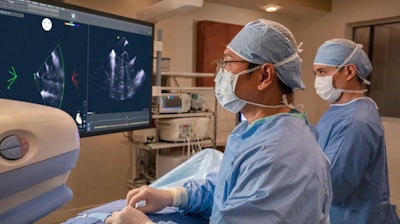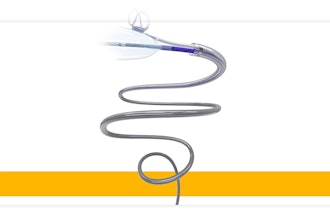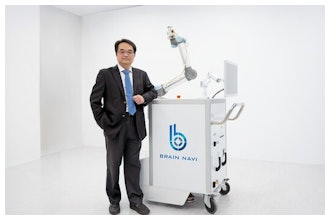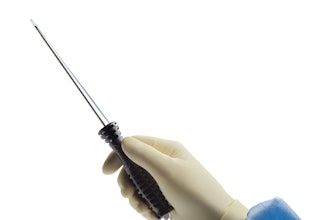
Biosense Webster, Inc., a global leader in cardiac arrhythmia treatment and part of Johnson & Johnson MedTech, revealed findings from a company-funded study of real-world data. Titled “Real-world Data Affirms Safety and Effectiveness of Low/Zero Fluoroscopy Atrial Fibrillation Ablation,” the study was presented as a late-breaker at the 29th Annual International AF Symposium. The results support the use of workflows to reduce radiation exposure during catheter ablation for the treatment of paroxysmal atrial fibrillation (AFib) while maintaining safety, efficacy, and long-term patient outcomes comparable to traditional procedures.
“Cardiac ablation procedures for the treatment of AFib usually require fluoroscopy to guide intracardiac catheters, which can result in considerable radiation exposure for patients, operators, and support medical staff,” explained Jose Osorio, MD, FHRS, President of Heart Rhythm Clinical and Research Solutions, the lead author of the study. “Our study shows that adopting workflows that integrate a 3D electro-anatomical mapping system with intracardiac echocardiography can support reducing or eliminating fluoroscopy exposure during catheter ablation procedures while providing electrophysiologists and patients the confidence of uncompromised safety.”
Biosense Webster’s zero fluoroscopy workflow is the first and only such workflow available in a radiofrequency (RF) cardiac ablation device. The company received approval for this workflow from the FDA last year, and it is available for cardiac ablation for several products in the company’s portfolio, including the THERMOCOOL SMARTTOUCH SF catheter. This is the most commonly used ablation catheter in the world for RF ablation and is fully integrated with the CARTO 3 System. The updated workflow indicates that direct imaging guidance, such as ultrasound, may be used as an alternative to fluoroscopy.
AFib is the most common type of cardiac arrhythmia and affects more than 6 million people in the United States and nearly 38 million people worldwide. Approximately 1 in 4 adults over the age of 40 are at risk for developing AFib. Despite these projections, many people are unfamiliar with AFib symptoms, available treatment options, and the importance of early treatment to avoid disease progression. Catheter ablation is a safe and effective procedure when drugs don’t work to help restore the heart’s incorrect electrical signals, which causes an abnormal heart rhythm.






















